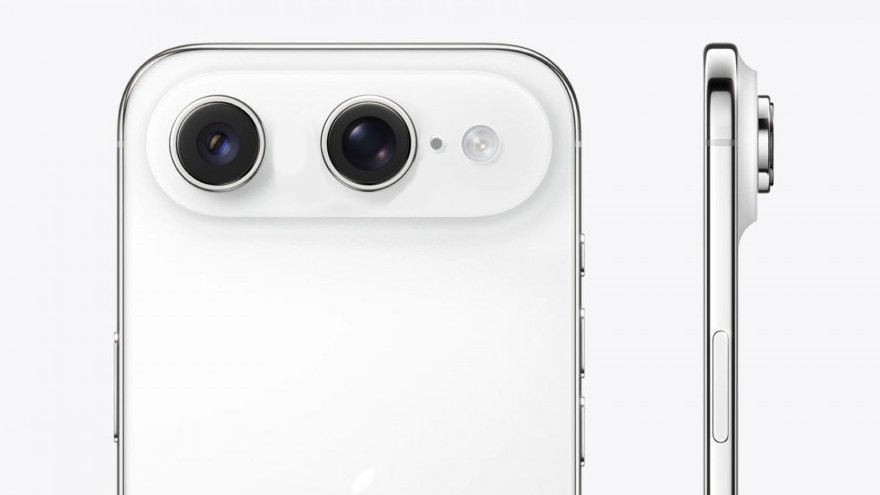
To shoot a nostalgic, atmospheric portrait
Time: Two hours
Skill level: Intermediate
Kit needed: D-SLR, Atmosphere aerosol OR fog machine, Flashgun (optional), Gels (optional), Tripod (optional)
We’ve all seen those steam-filled railway platforms in black-and-white movies from the ’50s, and how atmospheric they can be. Even at a rock concert, the appearance of artificial fog (dry ice) creates a moody atmosphere, and it’s no different in the stills photography world.
• Essential portrait photography tips
By adding some artificial fog – we used a can of Atmosphere Aerosol – you can turn plain environments into dramatic stages, with shafts of light illuminating the areas around a model. All you need is a willing participant, a window with some direct light and harsh shadows, and the fog to fill it with. This technique works best indoors with no air movement, but if the air is relatively calm outside and you have the ability to generate a lot of artificial fog, you could get your shoes on and head into the open air.
We took our model, Esme, to the Avon Valley Railway in Bitton, UK, for our photoshoot. As you can see, those vintage railway carriages made the perfect location for a bit of simulated steam! So, grab your camera, your artificial fog and model, and we’ll explore what you need to do.
ON LOCATION: Just like in the movies
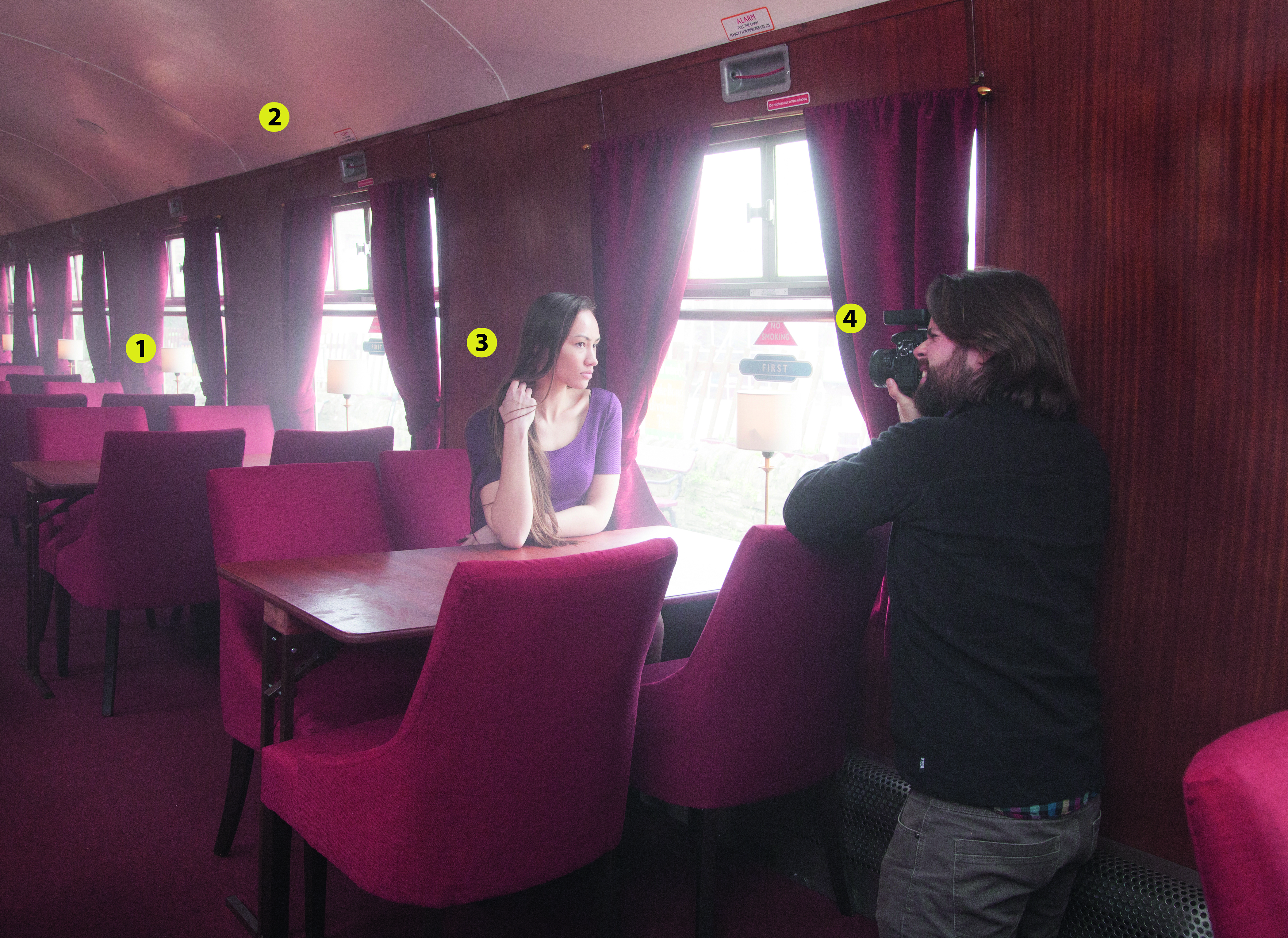
1 FAKE FOG
Atmosphere Aerosol fog cans are extremely portable (see box, opposite page). They’re easier to use than a fog machine, but either will work for this shot.
If you want a beautiful photograph, photograph something beautiful. That’s been said numerous times, but it’s key to making a shot work. No matter how hard you try, a boring scene in front of the camera usually looks boring on the screen or in print.
2 SUITABLE SETTING
The best camera deals, reviews, product advice, and unmissable photography news, direct to your inbox!
A suitable setting can really bring this sort of photograph to life. Anywhere with a bit of retro charm will work, from a house to a restaurant or café.
3 RETRO CLOTHING
The clothing you choose should reflect the scene. Here Esme is wearing a plain dress so she complements the simple design of the train carriage.
4 LENS CHOICE
To make things simple we went for a 50mm f/1.4G lens – though the f/1.8G or D version would work equally well if that’s what you have to hand.
KEY SKILLS: Come prepared

1 TAKE YOUR TRIPOD
Shoot handheld at first to find your favourite vantage point. If your shots are blurry because you need to use a longish shutter speed, use a tripod. However, we found that a tripod wouldn’t fit in the strange shapes of the carriage, so we went handheld for most of the shoot.
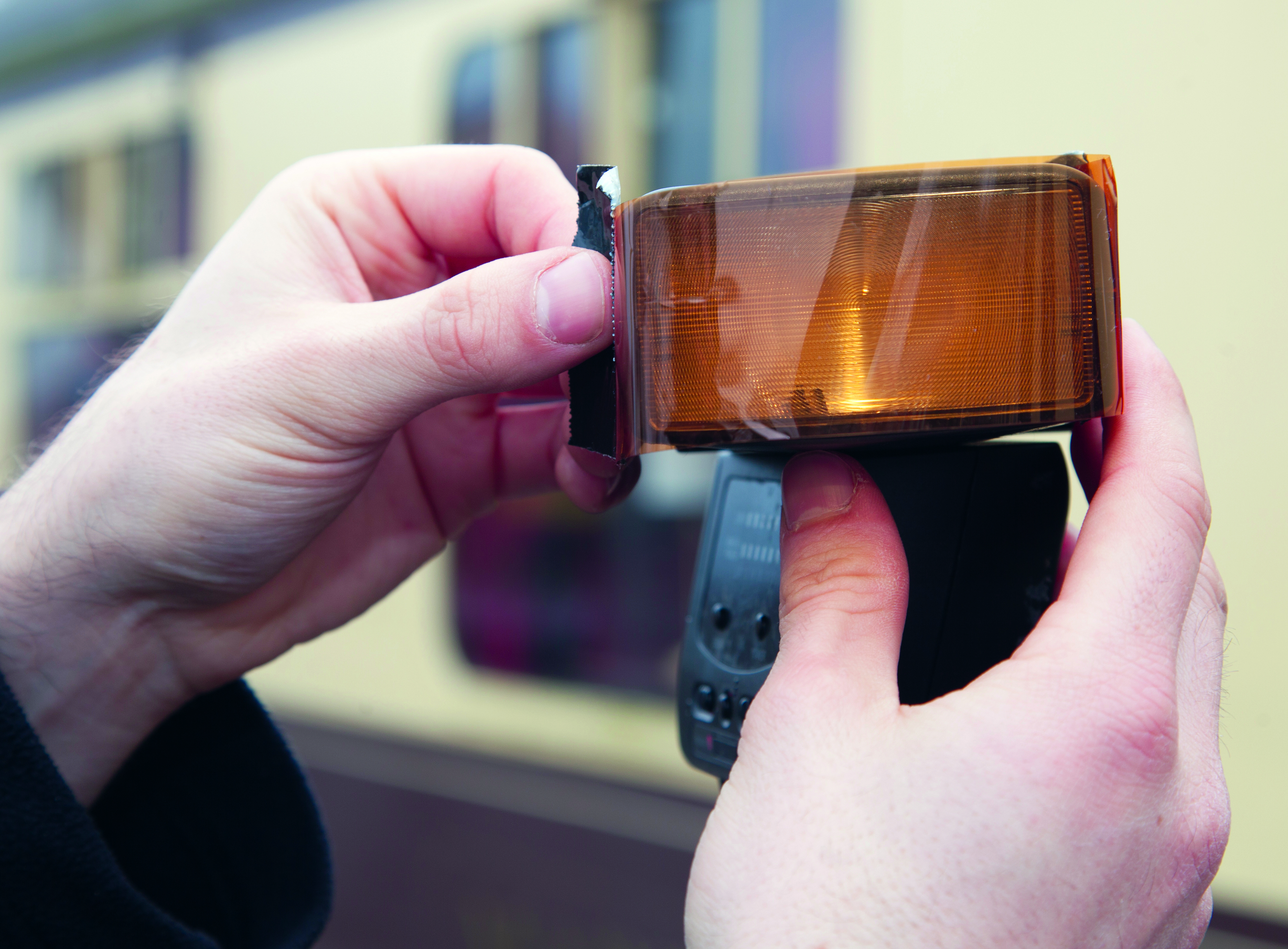
2 NO SUN...?
No problem. Cover your flashgun with a warming gel, make sure it’s set to at a wide zoom (35mm is fine) and place it outside the carriage, about six feet away, pointing in through the window. Leave it bare to create the long, hard shadows you need to accentuate the fog.
STEP BY STEP: Get in the mood

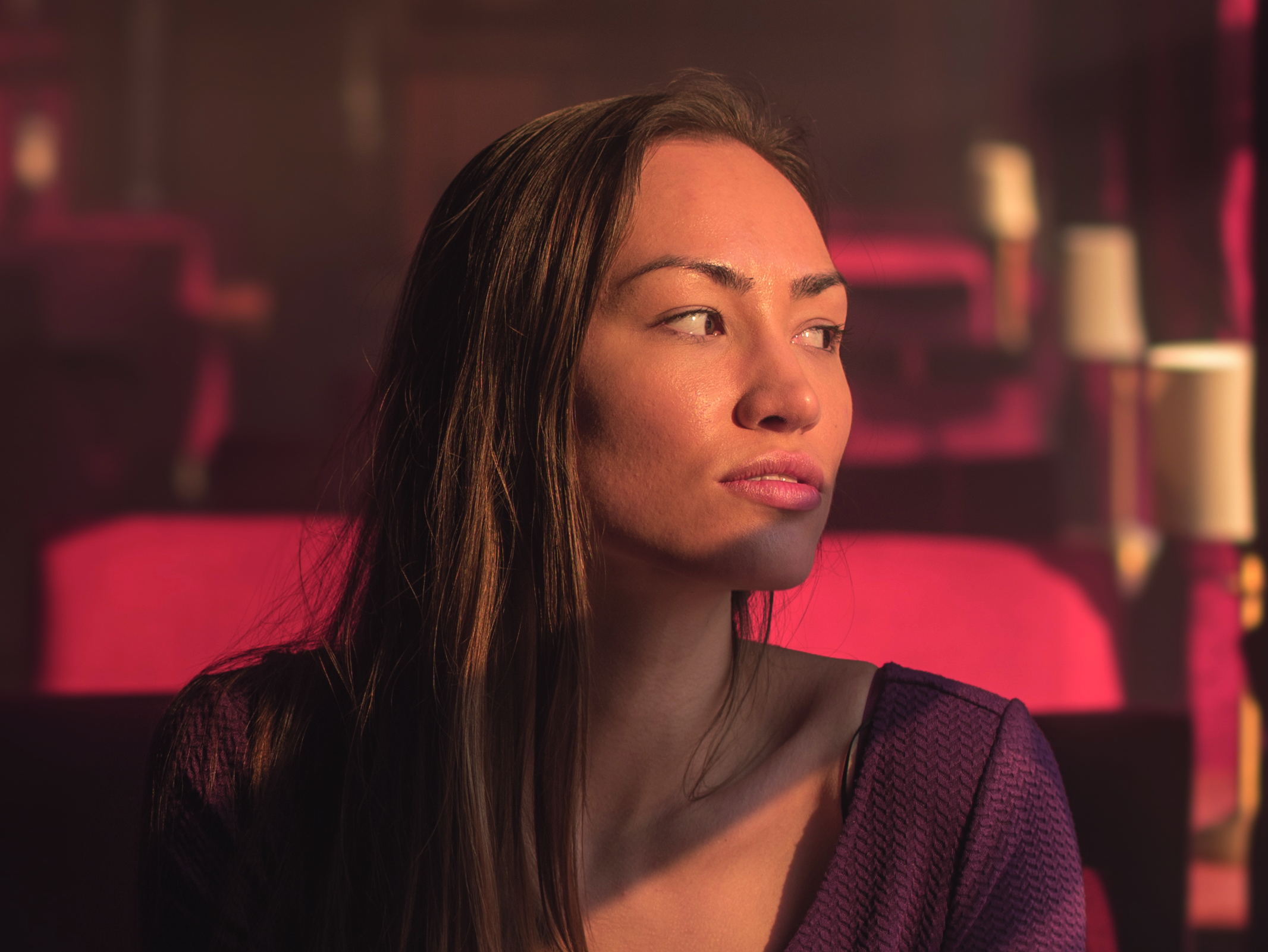
Treat this foggy shoot like you would any other portrait shoot – think about lighting, composition, posing, and props. You can make it as wacky or plain as you like.
1 FIND THE PERFECT BACKDROP
We went to Avon Valley Railway to find the perfect train carriage for our backdrop. This restored 1950s carriage already oozes character. Finding a suitable location is half the battle in getting your smoke-filled photo to
look authentic and atmospheric.

2 INCLUDE SOME PROPS
If you have a special location, make sure you have props. The lamps in the train carriage looked good, but they looked even better once we’d turned them on. We made sure that every light was on during the shoot to act as ‘practical lights’, as they say in cinematography.
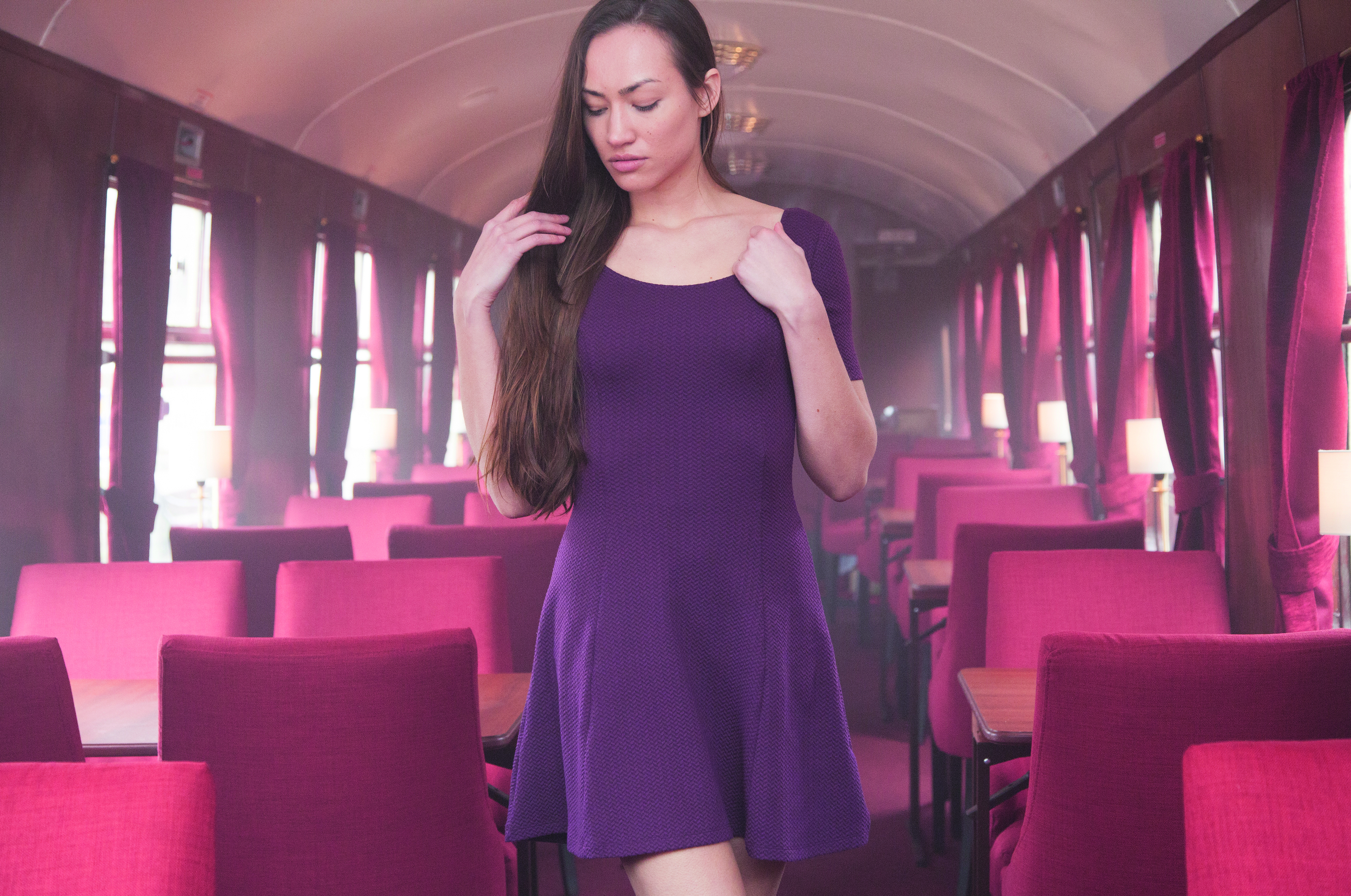
3 GO THE EXTRA MILE
When you’ve gone to the effort of finding an incredible location, you don’t want your model to sit down wearing standard T-shirt and jeans. Go the extra mile and find some clothing to complement the location – it’s just
as important as the camera settings.
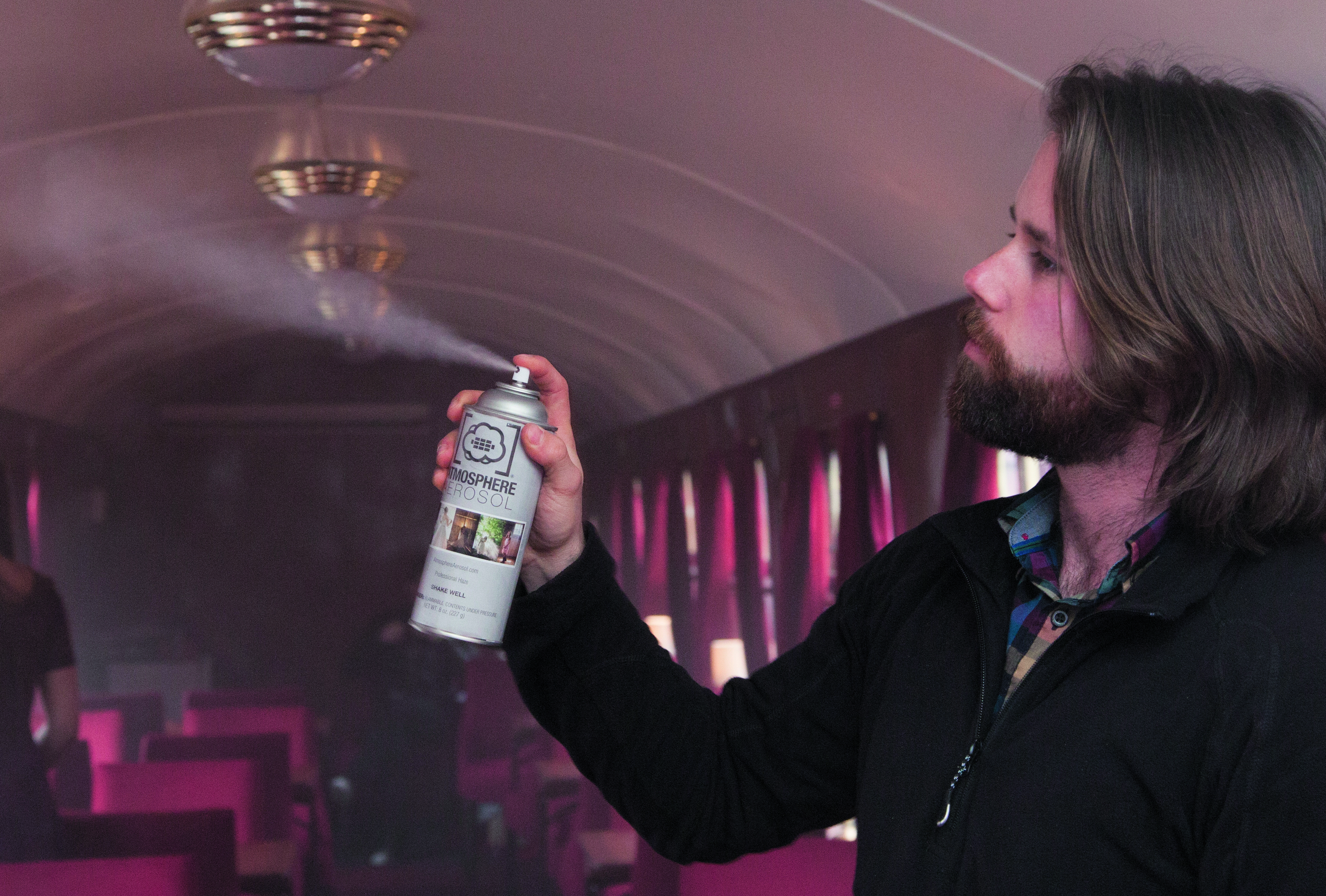
Atmosphere Aerosol is currently only sold in the US (it’s possible to purchase it online – you can find a list of retailers at www.atmosphere aerosol.com), but we were able to get hold of a sample exclusively for this tutorial!
4 ADD SOME FOG
We used an aerosol fog spray by Atmosphere Aerosol to create our fog, and it’s currently only available in the United States. If you’re not in the US you could hire out a smoke machine. Spray the fog in front of the windows in broad swathes to highlight the strong shafts of light.

5 DIRECT YOUR MODEL
You can be creative when posing your model: do you want them to stand in front of the windows, with the light striking the fog and creating leading lines, or do you want a smokey side-shot? We took both, but preferred the seated pose showing more of the carriage.
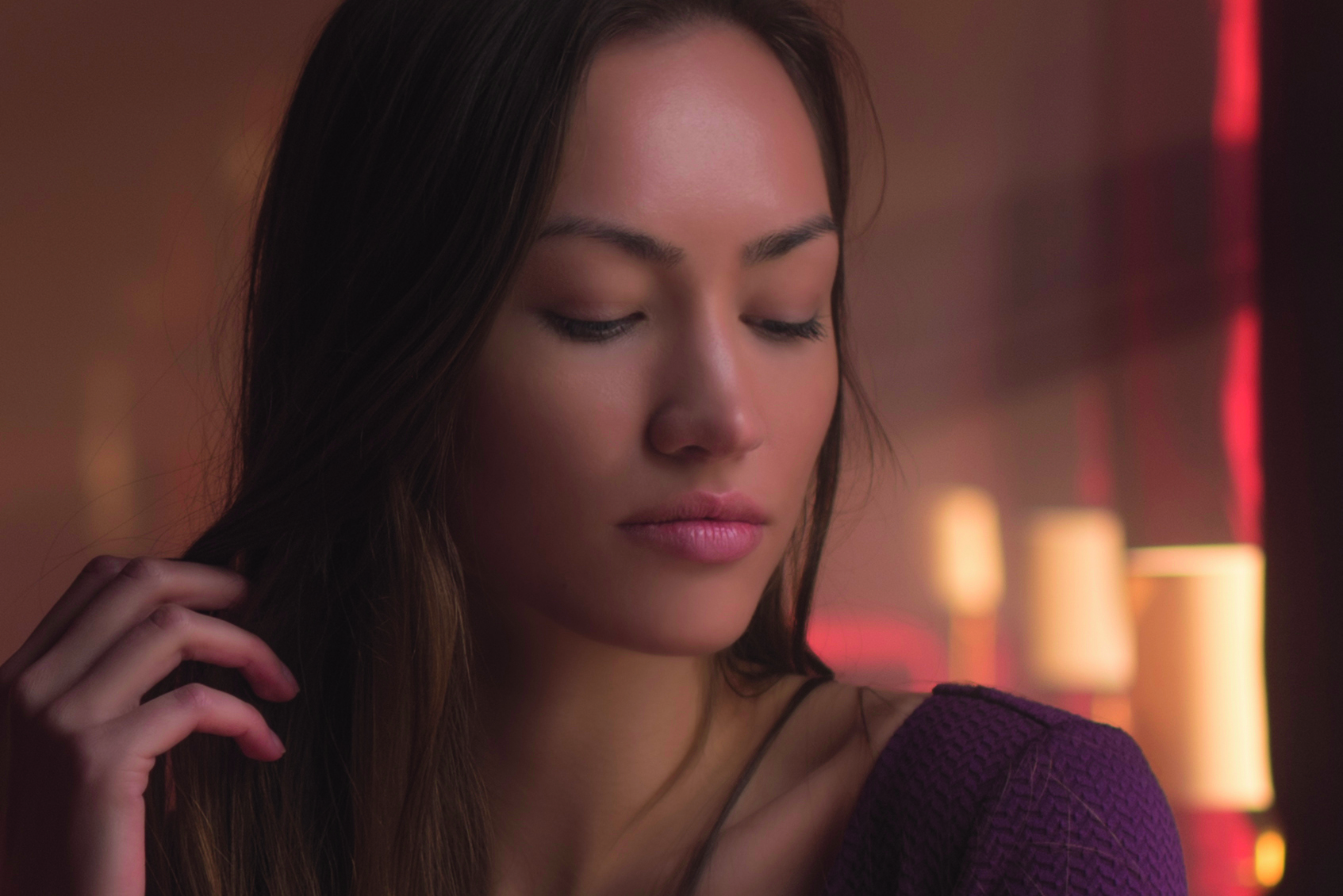
6 EXPOSE FOR THE LIGHT
To minimise depth of field, we set an aperture of f/2.8 at ISO100 in manual mode. We then adjusted the shutter speed until the ambient light was a stop under-exposed, to make the most of the light streaming through the windows, and really bring out the texture of the fog.
N-Photo: The Nikon Magazine is a monthly publication that's entirely dedicated to Nikon users. As a 100% independent magazine, you can be assured of unbiased opinion from a trustworthy team of devoted photography experts including editor Adam Waring and Deputy Editor Mike Harris.
Aimed at all users, from camera newcomers to working pros, every issue is packed with practical, Nikon-specific advice for taking better photos, in-depth reviews of Nikon-compatible gear, and inspiring projects and exciting video lessons for mastering camera, lens and Photoshop techniques.
Written by Nikon users for Nikon users, N-Photo is your one-stop shop for everything to do with cameras, lenses, tripods, bags, tips, tricks and techniques to get the most out of your photography.

